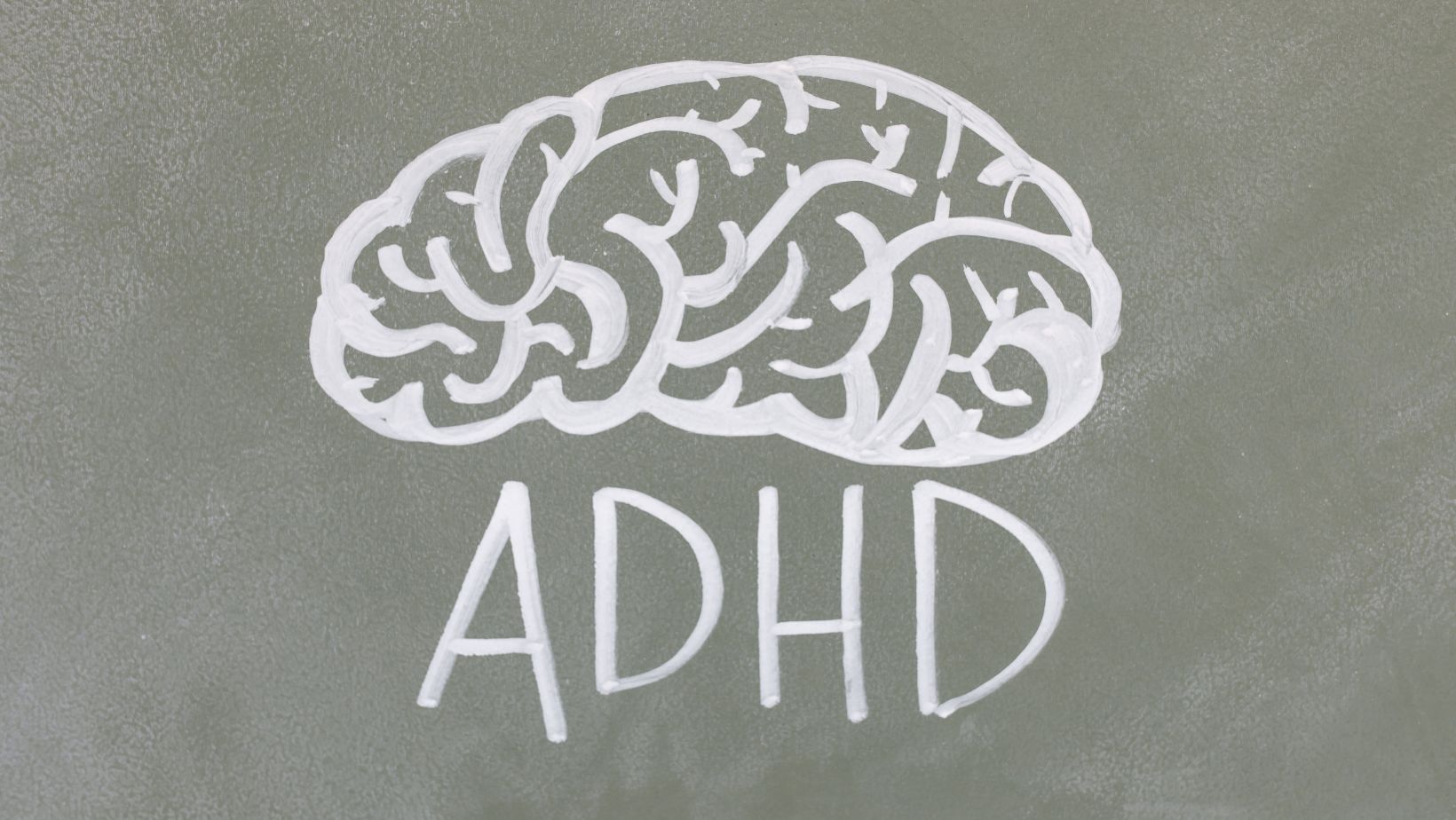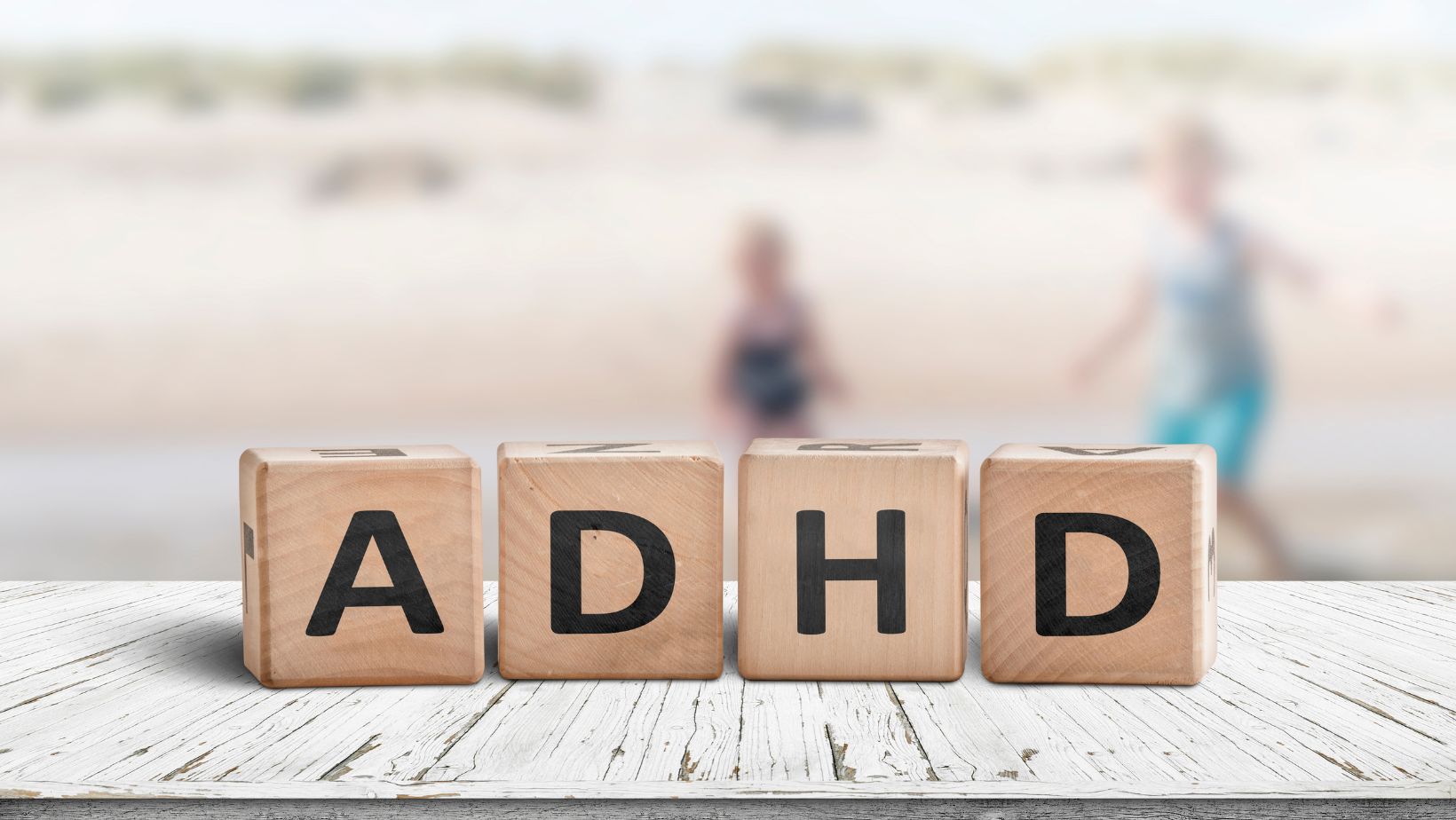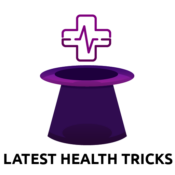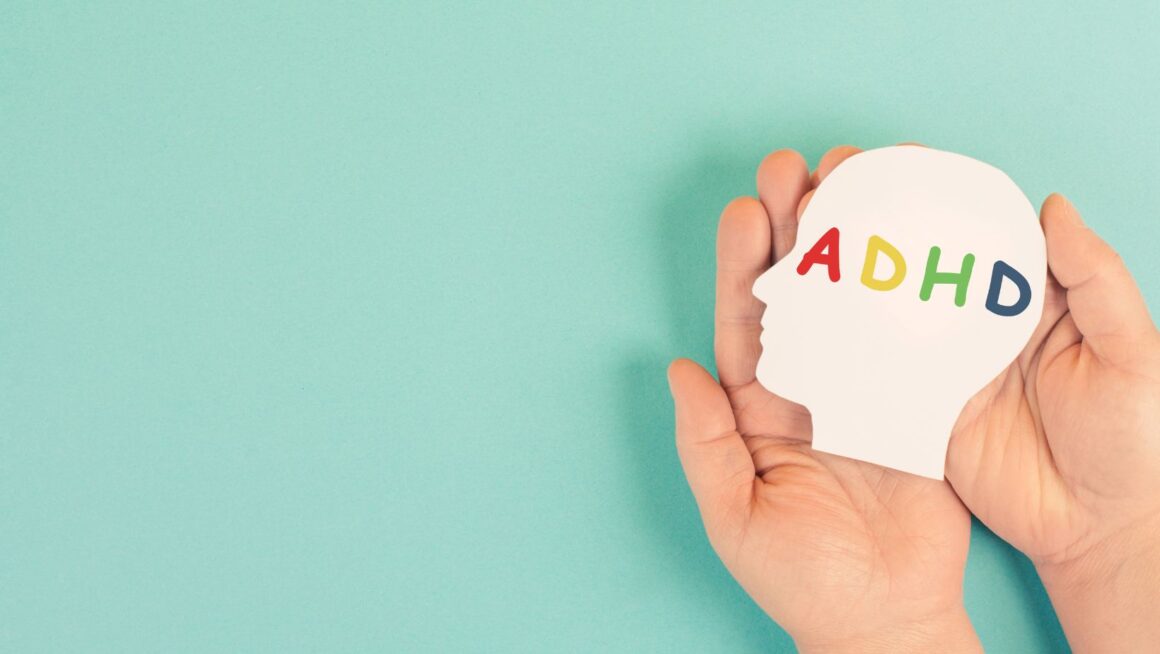Introduction
Attention-deficit/hyperactivity disorder (ADHD) is a common neurodevelopmental condition that affects millions of children and adolescents worldwide. While ADHD is often associated with difficulties in focus, impulse control, and hyperactivity, research shows that individuals with ADHD are at a higher risk for substance abuse. Understanding this connection is crucial for parents, educators, and caregivers to help mitigate risks and support children in making healthy choices.
This article explores the link between ADHD and substance use disorders (SUDs), the risk factors involved, and how parents can intervene effectively to protect their children.
Understanding ADHD and Its Challenges
1. What is ADHD?
ADHD is a condition characterized by persistent patterns of inattention, hyperactivity, and impulsivity that interfere with daily life. According to the Centers for Disease Control and Prevention (CDC), ADHD affects about 9.8% of children in the United States (CDC, 2022). It is typically diagnosed in childhood but can persist into adolescence and adulthood.
2. Common Symptoms of ADHD
– Difficulty maintaining focus and completing tasks
– Impulsivity and trouble thinking through consequences
– Hyperactivity and constant movement
– Struggles with organization and time management
– High sensitivity to frustration
These challenges can contribute to increased stress, emotional difficulties, and poor decision-making skills, which may lead to an increased risk of substance use.
The Link Between ADHD and Substance Abuse
1. Increased Risk of Experimentation
Children and adolescents with ADHD are two to three times more likely to experiment with drugs and alcohol compared to their peers (National Institute on Drug Abuse, 2021). This increased likelihood is due to:
– Impulsivity: Teens with ADHD may engage in riskier behaviors without fully considering the consequences.
– Social Challenges: Struggles with peer relationships can lead to social isolation, increasing the desire to fit in or self-medicate.
– Coping Mechanisms: Many individuals with ADHD use substances to manage stress, anxiety, or emotional dysregulation.
2. Higher Likelihood of Developing Substance Use Disorders (SUDs)
Studies indicate that 25-40% of individuals with ADHD will develop a substance use disorder in their lifetime (Wilens et al., 2019). Early exposure to alcohol, nicotine, or drugs increases the risk of long-term dependency.
Substances commonly used by individuals with ADHD include:
– Nicotine: Many individuals with ADHD self-medicate with nicotine due to its short-term cognitive-enhancing effects.
– Alcohol: Used to manage impulsivity and social difficulties.
– Marijuana: Often turned to for calming hyperactivity or reducing anxiety.
– Stimulants: Illicit stimulant use, such as cocaine or methamphetamine, may occur due to its similarities to ADHD medications.
3. The Role of ADHD Medications
Some parents worry that stimulant medications like Adderall or Ritalin contribute to substance abuse. However, research suggests that properly managed ADHD medication actually lowers the risk of substance use by improving impulse control and emotional regulation (Biederman et al., 2017).

The real concern lies in misuse or diversion of prescription medication, such as taking higher doses than prescribed or selling medication to peers.
How Parents Can Help
1. Early Intervention and Open Communication
– Start conversations early about the dangers of substance abuse.
– Encourage honesty and create a non-judgmental space for your child to share their feelings.
– Recognize warning signs of substance use, such as secretive behavior, sudden changes in mood, or declining academic performance.
2. Proper ADHD Treatment and Management
– Work with a healthcare provider to determine the best treatment plan, whether it includes medication, therapy, or behavioral interventions.
– Monitor medication use to ensure proper adherence and prevent misuse.
– Encourage non-medication coping strategies, such as mindfulness, structured routines, and physical activity.
3. Strengthen Social and Emotional Skills
– Teach healthy coping mechanisms like journaling, meditation, or talking to a trusted adult.
– Encourage participation in extracurricular activities to help build confidence and reduce feelings of isolation.
– Foster strong relationships by maintaining open, supportive communication at home.
4. Create a Drug-Free Home Environment
– Set clear rules and expectations about drug and alcohol use.
– Model healthy behaviors by demonstrating responsible decision-making.
– Encourage friendships with positive influences to reduce peer pressure.
Conclusion
ADHD and substance abuse are closely linked due to impulsivity, emotional challenges, and struggles with self-regulation. However, parents can play a pivotal role in reducing their child’s risk of addiction by fostering open communication, providing appropriate treatment, and promoting healthy coping strategies.

By staying informed and actively involved, parents can help their children navigate the challenges of ADHD while minimizing the risks of substance abuse, ultimately setting them on a path toward a healthier future.
References:
– Biederman, J., Petty, C. R., Wilens, T. E., et al. (2017). Impact of ADHD treatment on substance abuse risk. Journal of the American Academy of Child & Adolescent Psychiatry.
– Centers for Disease Control and Prevention (CDC). (2022). ADHD statistics and prevalence.
– National Institute on Drug Abuse (NIDA). (2021). ADHD and substance use disorders: What parents should know.
– Wilens, T. E., Morrison, N. R., & Upadhyaya, H. P. (2019). Substance use disorders in ADHD: Risks and prevention strategies. The American Journal of Psychiatry.



